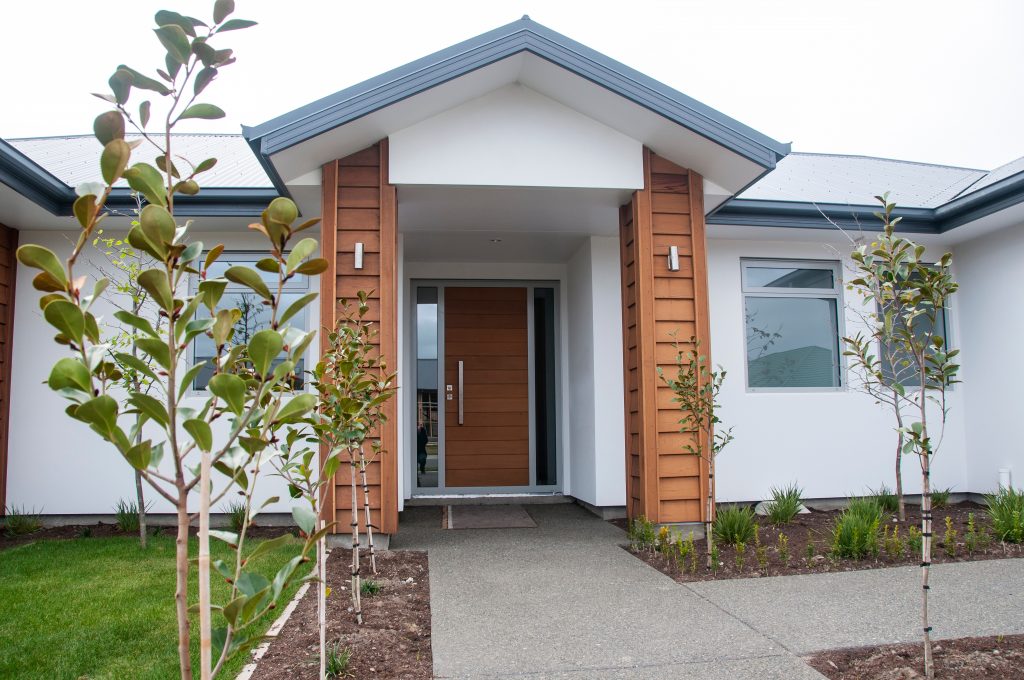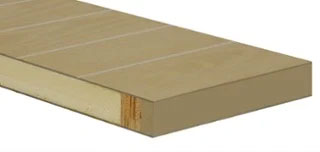HOW IS A FRONT DOOR CONSTRUCTED?
Each door type is made differently and they are built to take best advantage of the benefits those materials provide. Understand exterior door construction to ensure you have a door that is fit for purpose.
Or maybe you just want to know how to make an exterior door? Here is a beginner’s guide to the construction of doors.
Download The Complete Guide to Entrance Doors [Free E-Book]
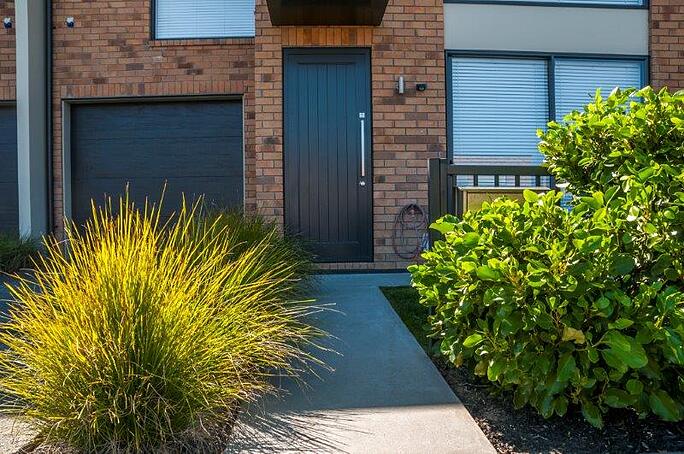
Composite Fibreglass
Composite Fibreglass front doors are made with a fibreglass skin, resin/fibreglass edge and a foam-filled core. LVL stiles and rails inside the resin provide more stability against warping/twisting and allow blocking for hardware fixing points such as locks, hinges and handles.
Glass is beaded in using a cassette bead system that seals from any water entering inside. Different line detailing is created on the door surface by etching a ‘U’ shaped groove into the skin.
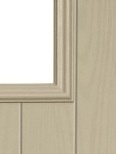
Cassette bead detail
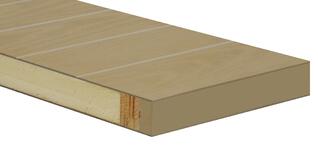
View the largest range of composite front doors
Aluminium
Aluminium doors are made from hollow extrusion that is clipped and screwed together. The recessed panels are made using a ‘sandwich panel’ where aluminium sheet is glued to polystyrene sheets.

Thermally Broken Aluminium
Aluminium is a high conductor of energy. Thermally broken aluminium means the outside faces of the door are separated by a plastic or rubber clip from the inside faces of the door. This stops the transfer of excessive heat or cold energy through the door.
Other benefits of thermally broken aluminium include decreased condensation on the inside of the door, reduced sound travel and overall, a nicer, more solid quality feel to the door.
The best thermally broken doors are separated by a rubber clip system, as opposed to plastic. Plastic has been known to bow when it heats up (dark coloured doors get very hot in direct summer sun) and this can cause the whole door to bow. Parkwood recommend doors with a rubber thermal break in these exposed conditions.

View the largest range of aluminium feature entrance doors here
Timber
Solid timber doors are constructed from solid planks that are machined and square-dressed. They are then mortised to take a mortise and tenon join, or drilled with round holes to be fitted together with strong timber dowels. They are glued in a press, put through a door sander to ensure even finish, and then groomed by hand so they’re ready for immediate staining or painting.
